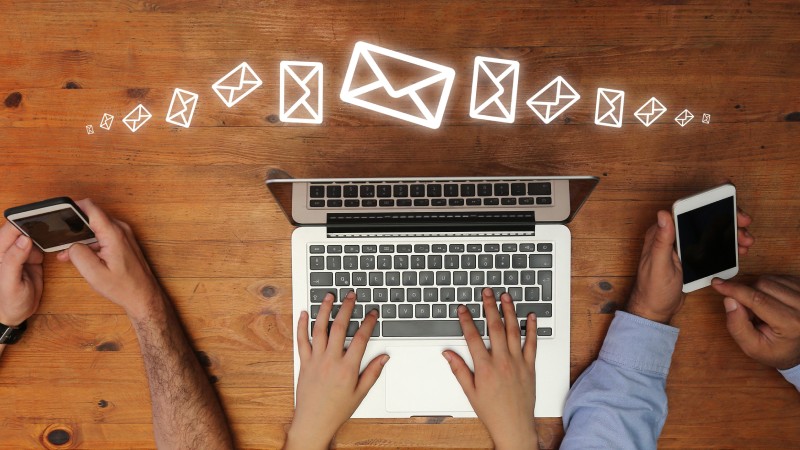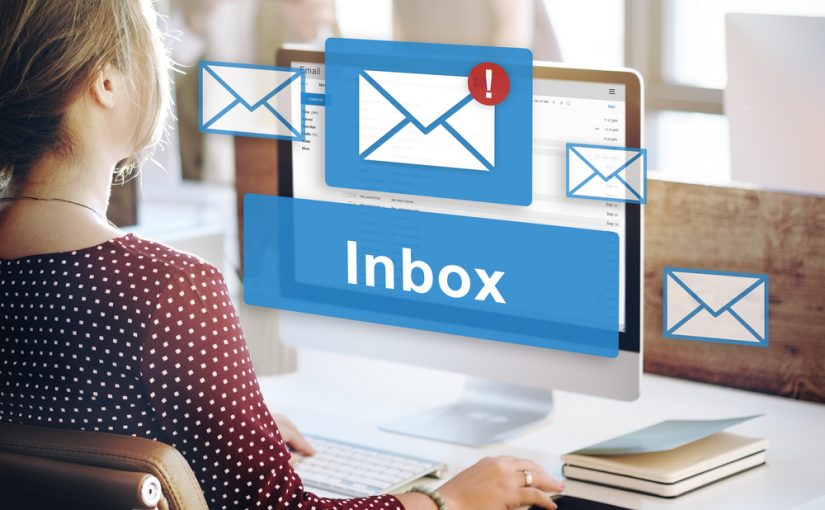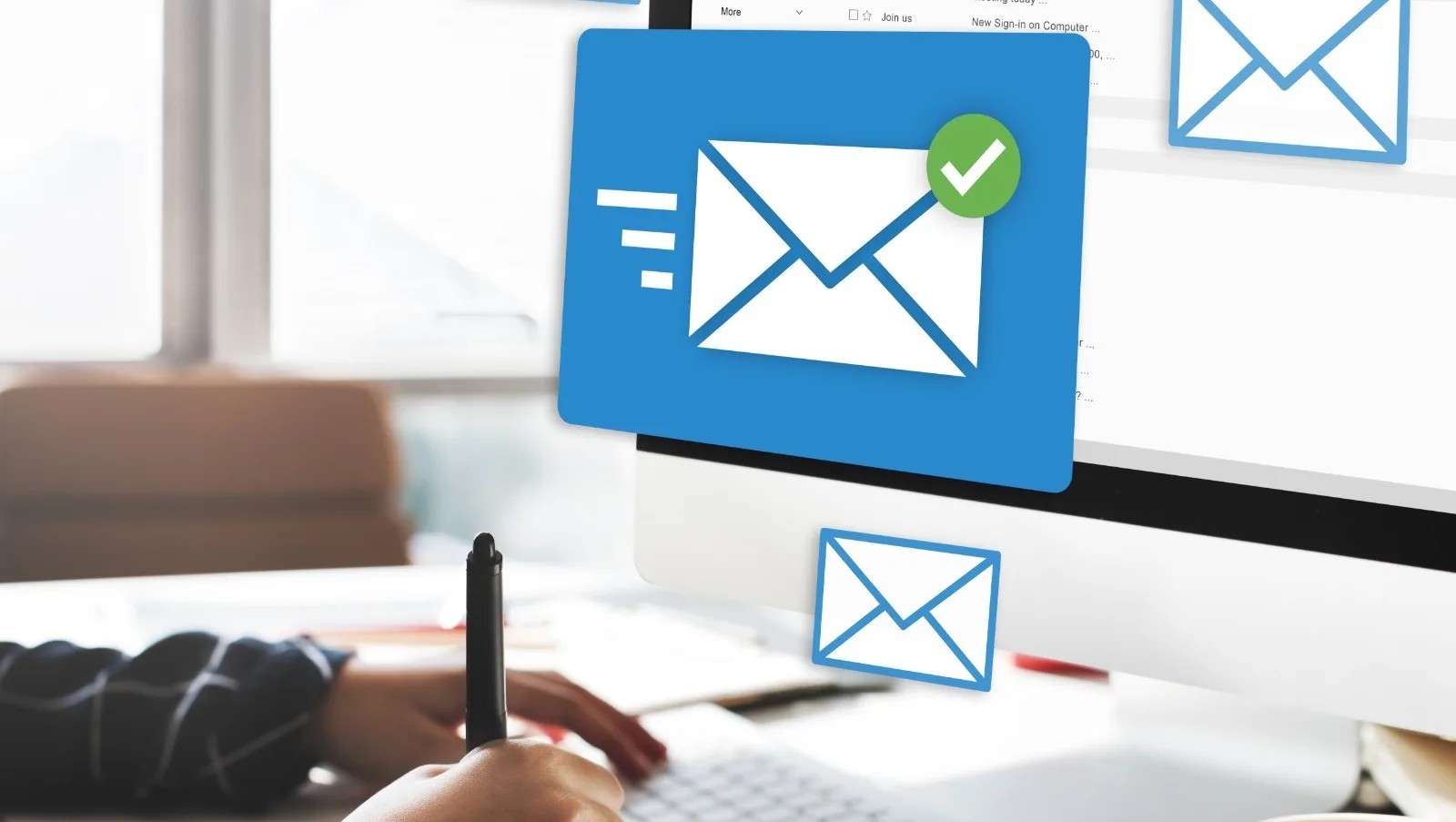The Right Time to Send 9 Types of Promotional Emails - Part 2

The time of sending an email affects the chances of it being opened and interacting with its content. The first part of the article provides detailed information about the appropriate time to send 3 types of promotional emails, and the second part discusses the rest of the types, so follow us in the following lines.
The right time to send email newsletters
4. Transactional Emails
This type of email is used after transactions and deals are made, and examples of it include order confirmation emails. You can send it as soon as the customer interacts with the business.
Email marketing experts focus on the daily rates of opening emails, which is why the level of subscriber engagement is considered one of the main motivations for using a transactional email strategy, and this makes sense because an engaged customer maintains his loyalty to the brand.
However, the problem arises when some people overuse this strategy, thinking it helps increase customer engagement, retain them, and encourage potential customers to make a purchase decision. This urgency can lead to customer alienation.
Some cases require an immediate response to the customer, such as password reset messages and thanking the customer after purchasing the service.
Conversely, you shouldn’t send an immediate email when a potential customer adds products to their cart without ordering them. They’re obviously interested but have backed out due to a technical or financial issue, high shipping costs, or maybe they need some time to verify the brand’s credibility before making a purchase decision.
Here are 3 steps to handle this situation:
- Send the first email a few hours after the shopping to remind the customer about the products.
- Send a second email 24 hours after the event to give them enough time to consider the offer.
- Send a final email a week after the event, adding a discount to entice potential customers to confirm their purchase.
Conclusion
- Right days: The same day the deal was made.
- Right times: A few hours after the deal was made.

5. Welcome emails
Modern marketers struggle to create the right first impression of a brand, especially when the competition is fierce and there is no room for mistakes in the business sector.
Welcome emails often have high open rates and are about 86% more effective than newsletters.
Here are 3 essential steps to successful welcome emails:
- Send the first welcome email when a potential customer signs up for your mailing list or orders a service. You should invest this time to your advantage because the potential customer is thinking about the brand.
- If the customer hasn't placed an order, follow up with them and send a second welcome email, while you should use transactional emails if a purchase has been made.
- Send the third and final email two days after the first, with useful content that will convince the potential customer to purchase.
If these steps don’t convince the customer to buy, you should send them another set of messages to entice them with the available products and offers. The above steps are suitable for e-commerce companies that do not need more than 3 messages to convince the potential customer of their offers.
But companies specialized in the technical field, for example, need a larger number of emails to explain all the important details related to the products and services. Therefore, you are responsible for estimating the number of welcome emails required and applying the above steps to schedule them.
Conclusion
- Right days: The day the customer subscribed.
- Right times: Several hours after subscribing.
6. Follow-up messages
This message type achieves excellent results when the time plan is well thought out and effective. Many companies neglect follow-up messages with potential customers, and one report showed that only 3% of companies follow up with their potential customers.
These companies waste a lot of sales opportunities due to their neglect of the follow-up strategy with customers.
This neglect can result from impatience or the lack of a precise strategic plan for follow-up procedures with the potential customer. Losses continue accumulating when the company does not consider the individual’s busyness factor and their need for more time before opening the email message.
Here are 4 factors you should consider to ensure the success of your email follow-up strategy:
- If a customer contacts you, you should respond immediately. Otherwise, you should wait for 3-4 days for the customer to respond before sending them a second message.
- Avoid following up with the customer on Mondays and Fridays.
- It is recommended to send this type of message on Tuesdays and Wednesdays around 10 am. People are at their peak of productivity on these days, which is why they tend to check their inbox while they are active and ready to take action.
- Saturdays at 10 am and Sundays at around 8 pm are suitable for entrepreneurs who plan their weekly schedule during the holiday.
Statistics confirm that most emails are forgotten after about 24 hours, and this is where the importance of a follow-up message plan lies in reminding potential customers of the brand. The potential customer’s interaction with the first message affects their response to follow-up messages.
Note: You can benefit from marketing automation software and email scheduling to determine the appropriate times for follow-up messages when you are not sure about customer behavior. Therefore, this software can be used to plan and schedule emails and reduce the workload on the customer service team.
Conclusion
- Right days: 3-4 days after the potential customer interacts with the brand.
- Right times: Around 10 am.

7. Cold emails
Cold emails are more likely to be opened when they are at the top of the inbox, which is why it is recommended to send them early, between 6:00 and 9:00 a.m., at the beginning of the workday.
At this time, the individual opens the inbox to check business messages, which increases the likelihood of cold emails being clicked and read.
Conclusion
- Right days: Business days.
- Right times: 6:00-9:00 am.
8. B2B emails
This type of email contains marketing and sales enablement materials and is targeted at business professionals, institutions, and companies operating in other sectors.
For the best possible results, this content can be sent on Tuesdays, Wednesdays, or Thursdays between 5:00 and 7:00 AM. Often, subscribers to your mailing list are in different time zones, and it may not be possible to time the email according to their time zone, so it is advisable to stick to the times that are generally appropriate for effective marketing campaigns.
Conclusion
- Right days: Tuesday, Wednesday, and Thursday.
- Right times: 5:00-7:00 AM.
9. B2C Emails
This type of email is aimed at the end consumer and is useful for introducing the audience to the brand, increasing sales revenue, and promoting products. These emails are essential in an email marketing strategy, but some people think they can be sent at any time, limiting their effectiveness and the quality of their results.
Therefore, email marketing content should be sent when the target audience is at its peak.
Scientific research has shown that the target audience of these messages is at its peak activity at the end of the evening, and it is preferable to send promotional campaigns via email on Fridays and Mondays after 9:30 p.m. The ideal timing for sending promotional content can be determined by experimenting several times, comparing the rates of opening messages, interaction, and clicking on links, and relying on this data to optimise marketing campaigns.
Here are 4 tips for choosing the right timing for B2C marketing campaigns:
- Try different days of the week to compare open rates.
- Segment your target audience by time zone to ensure maximum reach and engagement.
- Use automation tools to schedule and personalize emails.
- Determine the right time to send emails based on the nature of your business and your subscribers' interests.
Conclusion
- Right days: Friday through Monday.
- Right times: After 9:30 p.m.
Conclusion
Emails are widely used in promotional campaigns, and the success of this strategy depends on the timing of sending promotional content. The second part of the article provides detailed information on the right time to send various types of promotional emails to increase open rates, click-through rates, and conversion of mailing list subscribers into customers. Follow us in the third part.